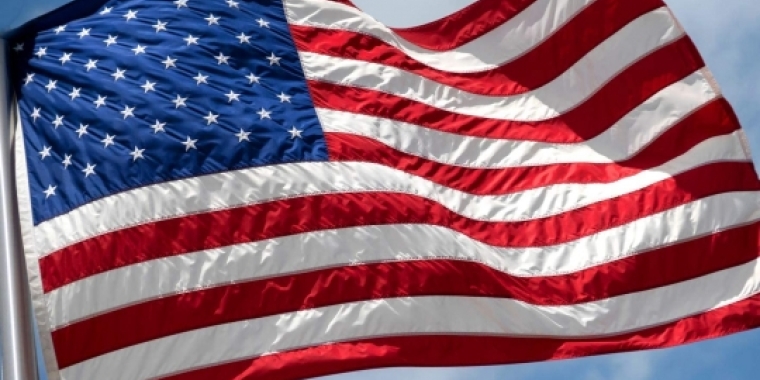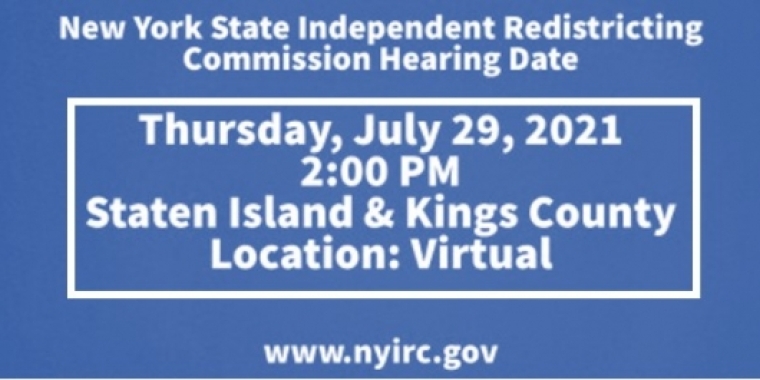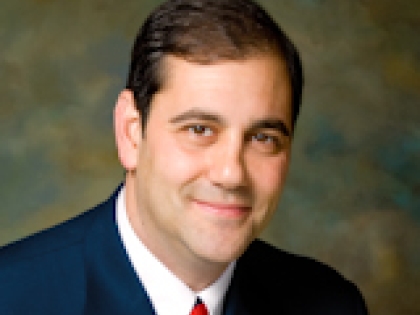
Senator Lanza Joins Governor Cuomo on Staten Island to Detail State Actions to Combat the Fentanyl Crisis
October 13, 2017
-
ISSUE:
- Drug Prevention

"Drug traffickers continue to find new ways to fuel the opioid addiction crisis in our community, resulting in an incomprehensible and intolerable death toll. Identifying fentanyl analogs as well as opioid analgesics and drugs such as k2 as a Schedule 1 controlled substance is an important measure needed to combat the crisis. It is critically important that we continue a comprehensive approach, including empowering law enforcement to stop the spread of illegal and deadly substances. Governor Cuomo has been there for communities in need - and that includes Staten Island. Governor Cuomo has been a great partner for Staten Island, and I am proud to be working with him on these new initiatives to tackle the opioid epidemic and help our families in need." Senator Lanza
Governor Promotes Legislation to Add 11 Types of Fentanyl to Controlled Substance List, Enabling Law Enforcement to Further Crack Down on Dealers and Combat Emerging New Drugs
Governor Andrew M. Cuomo today detailed a series of aggressive actions to combat the fentanyl crisis on Staten Island and across New York State. The Governor promoted legislation which would add 11 fentanyl analogs to the state controlled substances schedule, giving law enforcement the ability to go after the dealers who manufacture and sell these drugs. To further protect Staten Island residents, the Governor discussed his recent directive to the New York State Department of Financial Services, which took action to direct Insurers against instituting arbitrary limits on the number of naloxone doses covered by an insurance plan.
"On Staten Island, fentanyl has been a deadly scourge snaking silently though our neighborhoods leaving a trail of devastation in its path," Governor Cuomo said. "With these aggressive actions, we seek to give law enforcement the tools they need to crack down on these dangerous drugs and put an end to this epidemic once and for all."
In Staten Island, overdose deaths involving opioids increased 42 percent between 2015 and 2016. However, fentanyl-related deaths increased at a much higher rate - more than 700 percent - from seven in 2015 to 58 in 2016. Statewide, the number of overdose deaths involving opioids increased nearly 35 percent from 2015 to 2016, while fentanyl-related deaths increased by nearly 160 percent. A preliminary analysis conducted by the Department of Health identified more than 2,900 opioid-related deaths among state residents in 2016.
"New York State is setting the standard for combating the epidemic of addictions that are destroying lives, leaving families bereft, and ravaging our communities," said Lieutenant Governor Kathy Hochul, Co-Chair of the state's Heroin and Opioid Task Force. "The actions announced today by Governor Cuomo strengthen our ability to regulate the use of synthetic fentanyl substitutes and give greater support to law enforcement in the effort to prosecute those who make and sell these deadly substances."
Over the past few years, fentanyl analogs have been increasingly found in heroin and cocaine sold in New York State. They are also being pressed into pill form to resemble name-brand prescription opioids. Fentanyl analogs vary in potency, but can be 100 times stronger than morphine. Just three milligrams of fentanyl can be fatal, compared to 30 milligrams of heroin. Heroin and cocaine containing deadly concentrations of these synthetic opioids have been increasingly present in communities throughout New York State.
To combat the fentanyl crisis, Governor Cuomo is promoting legislation to close a glaring loophole in state law and add the following 11 fentanyl analogs to Schedule I of the controlled substance schedules of New York State Public Health Law §3306: AH-7921; Acetyl Fentanyl; ButyrylFentanyl; Beta-Hydroxythiofentanyl; Furanyl Fentanyl; U-47700; and Acryl Fentanyl (or Acryloylfentanyl); N-(4-fluorophenyl)-N-(1-phenethylpiperidin-4-yl)isobutyramide; Ortho-Fluorofentanyl; Tetrahydrofuranyl Fentanyl; Methoxyacetyl Fentanyl. The 11 substances are already listed on the federal schedule of controlled substances. The legislation will also give the New York State Health Commissioner the authority to add any new drugs that have been added to the federal schedule, to the state controlled substances schedule.
Fentanyl proper is a Schedule II synthetic opiate, with medical uses as a painkiller, an anesthetic, and in palliative care. Fentanyl's listing as a Schedule II controlled substance, available by prescription only, makes it a felony to sell on the street and a crime to use the opiate without a prescription. In response, underground labs have tweaked the molecular structure of fentanyl to create new, unregulated chemicals referred to as fentanyl analogs. These deadly cousins are chemically similar to fentanyl—and often many times more potent—but are not listed on New York State's schedule of controlled substances, and therefore not subject to the same criminal penalties.
As just .25 milligrams of fentanyl, or about the size of a head of a pin, can potentially result in death, the state is taking new steps to stop the scourge of this dangerous drug. Over the past three years across the country, deaths from synthetic drugs like fentanyl have sky-rocketed more than 500 percent. At the Governor's direction, DFS has taken immediate action to prevent insurers from instituting arbitrary limits on coverage for overdose reversal drugs; ensuring that New Yorkers have access to adequate doses of life-saving naloxone.
"With these aggressive actions, we seek to give law enforcement the tools they need to crack down on these dangerous drugs and put an end to this epidemic once and for all." Governor Andrew M. Cuomo
New York State Health Commissioner Dr. Howard Zucker said, "New York State is committed to fighting the opioid crisis on every front and by calling on the Legislature to pass these bold measures, Governor Cuomo is taking another step toward getting these deadly drugs out of our communities and off our streets. I applaud the Governor for the aggressive agenda he has put into motion and I look forward to working with the legislature to ensure that this common-sense legislation is passed."
OASAS Commissioner Arlene González-Sánchez said, "While fentanyl's death toll continues to rise, Governor Cuomo's efforts to combat this epidemic have made New York State a national leader in the battle against addiction. We look forward to working with our partners in the legislature to enact these proposals and continue to save the lives of New Yorkers struggling with substance use disorder."
Department of Financial Services Superintendent Maria T. Vullo said, "New York continues to lead the charge to end the opioid epidemic, and naloxone is a crucial tool in the fight to prevent unnecessary overdose deaths. DFS is proud to support the Governor's efforts with the guidance we issued to remove arbitrary limits on the number of naloxone doses covered by insurance, which will help save lives and make progress toward ending this crisis."
State Police Superintendent George P. Beach II said, "Our members have witnessed first-hand the devastating human toll of opioid addiction in every type of community -- urban, suburban and rural -- throughout New York State. These actions will provide law enforcement with the tools necessary to arrest and prosecute dealers, and save the lives of those struggling with addiction."
Congressman Dan Donovan said, "The opioid crisis has swept through the Staten Island community and beyond and we must take every step possible to combat this deadly scourge. Before I introduced the Comprehensive Fentanyl Control Act, I met with the DEA on many occasions. They shared with me the challenges posed by keeping up with the many different types of fentanyl that keep popping up. By advancing legislation to add 11 different types of fentanyl to the controlled substance list at the state level, Governor Cuomo gives police officers and prosecutors the critical tools they need to combat this crisis. I'll continue pushing similar legislation through Congress, and look forward to collaborating with our state partners to ensure the fentanyl traffickers get off the streets."
Senator Andrew J. Lanza said, "Drug traffickers continue to find new ways to fuel the opioid addiction crisis in our community, resulting in an incomprehensible and intolerable death toll. Identifying fentanyl analogs as well as opioid analgesics and drugs such as k2 as a Schedule 1 controlled substance is an important measure needed to combat the crisis. It is critically important that we continue a comprehensive approach, including empowering law enforcement to stop the spread of illegal and deadly substances. Governor Cuomo has been there for communities in need - and that includes Staten Island. Governor Cuomo has been a great partner for Staten Island, and I am proud to be working with him on these new initiatives to tackle the opioid epidemic and help our families in need."
Senator Diane J. Savino said, "In Staten Island, the opioid crisis has left a trail of devastation that has impacted thousands of individuals and families. With these actions, Governor Cuomo is taking a critical step in combatting the crisis that synthetic drugs like fentanyl can have on our communities and I applaud him for taking aggressive action against this scourge that has spread across Staten Island and across the state."
Assemblymember Michael Cusick said, "The opioid crisis has affected Staten Island in epidemic proportions and the recent abuse of fentanyl has only compounded this problem. Today's announcement will bring forth a new measure to rid our streets of these poisons and empower New York's law enforcement officers with the tools needed to go after the manufacturers and the dealers of these deadly drugs. I applaud the Governor and my colleagues in the Legislature for the ongoing fight to tackle this epidemic."
Assemblymember Matthew Titone said, "In order to combat the opioid crisis we must take strong and swift actions and with these aggressive measures, Governor Cuomo is taking the necessary steps to protect Staten Islanders from the deadly scourge of fentanyl and other opioids. Synthetic drugs have devastated communities across the state and it is crucial that we give our law enforcement officers the tools they need to stop drug dealers and other organizations from infiltrating our communities with these deadly substances."
Assemblymember Ron Castorina, Jr. said, "In recent years the opioid crisis has crept through our cities and towns, leaving a trail of destruction that has affected families across Staten Island and across New York. By taking these actions, Governor Cuomo has equipped New York's State Police officers and local law enforcement with the necessary tools to combat this scourge in our communities. Fentanyl is a threat to New Yorkers across the state and with these actions, the Governor ensures that our streets and our neighborhoods can be cleared of this devastating drug."
Staten Island Borough President James Oddo said, "If you call it an epidemic, then you have to treat it like an epidemic; and that means taking all available actions to combat the opioid crisis that continues to affect far too many Staten Island families. We know that deaths due to Fentanyl and its analogs have increased at an alarming level. Thank you to the Governor for this call to action, which if passed by the Legislature will help law enforcement better fight this problem."
Richmond County District Attorney Michael McMahon said, "At a time when opioid addiction is destroying lives on Staten Island, law enforcement and the community at large need all the support they can get. We have been on the front lines of this battle, fighting back and also saving lives, but there is more that must be done before we can declare victory. Fortunately, we have leaders such as Governor Cuomo who are taking action to help those in need. From increasing access to treatment, to working with and empowering law enforcement to stop the spread of illegal and deadly substances like fentanyl, the Governor has been there for communities still struggling -- and that includes Staten Island. We are proud to be working with him once again to tackle this crisis and help our families in need."
The Governor's call for legislative action builds upon New York's multi-faceted strategy to combat the heroin and opioid epidemic. In April of this year, the Governor signed historic legislation investing over $200 million to address the epidemic through a comprehensive approach targeting each component of heroin and opioid addition- prevention, treatment, and recovery. These investments included:
- $145 million for community-based providers
- $65 million for 8,000 residential treatment beds
- $9 million for housing units
- $41 million for opioid treatment programs
- $21 million for outpatient services
- $9 million for crisis/detox programs
- $27 million for state-operated addiction treatment centers
- $6 million for naloxone kits and training
- $25 million for expanded programs, including family support navigators, peer engagement and 24/7 urgent access centers
Over the past three years, Governor Cuomo has put into place expansive new policies to fight heroin and opioid addiction, including:
- Limiting initial opioid prescriptions for acute pain from 30 to 7 days
- Expanding insurance coverage for substance use disorder treatment
- Increasing access and enhancing treatment capacity across the state, including a major expansion of opioid treatment and recovery services
- Implementing the comprehensive I-STOP law to curb prescription drug abuse
- Launching a public awareness and prevention campaign to inform New Yorkers about the dangers of heroin use and opioid misuse and the disease of addiction
- Assembling a task force to propose initiatives to tackle the heroin and opioid epidemic
New Yorkers struggling with an addiction, or whose loved ones are struggling, can find help and hope by calling the state's toll-free, 24-hour, 7-day-a-week HOPEline at 1-877-8-HOPENY (1-877-846-7369) or by texting HOPENY (Short Code 467369).
Available addiction treatment including crisis/detox, inpatient, community residence, or outpatient care can be found using the new and improved NYS OASAS Treatment Availability Dashboard at FindAddictionTreatment.ny.gov or through the Access Treatment page on the NYS OASAS website. Visit the #CombatAddiction website at oasas.ny.gov/CombatAddiction to learn more about how you can help to #CombatAddiction in your community.
Visit www.combatheroin.ny.gov for more information on addressing heroin and prescription opioid abuse, including a Kitchen Table Tool Kit to help start the conversation about the warning signs of addiction and where to get help. For tools to use in talking to a young person about preventing alcohol or drug use, visit the State's Talk2Prevent website.
Share this Article or Press Release
Newsroom
Go to Newsroom$35 Million Available to Help Struggling Restaurants!
August 6, 2021
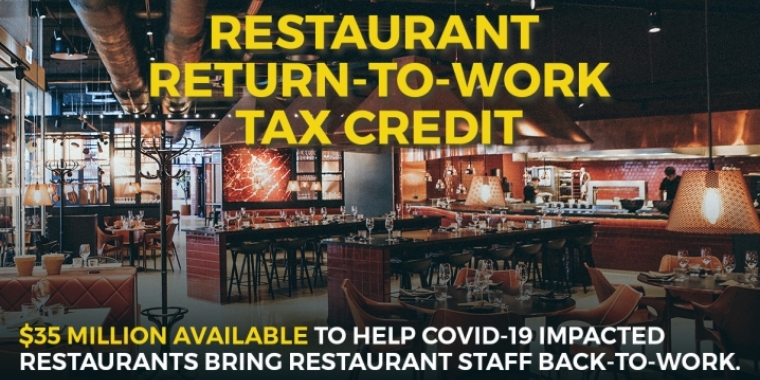
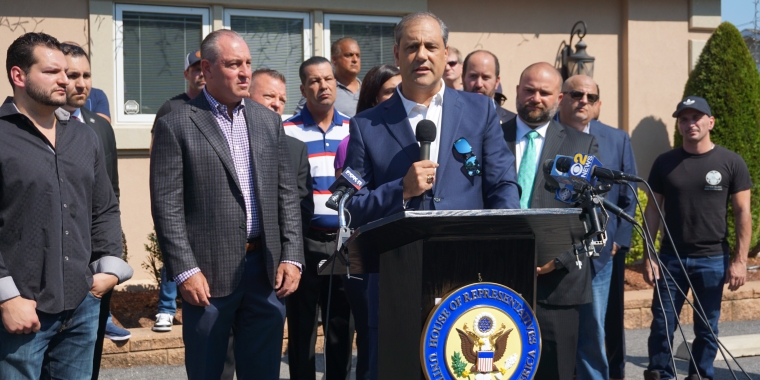
Photo Contest: Make Patriotism Go Viral!
July 30, 2021
